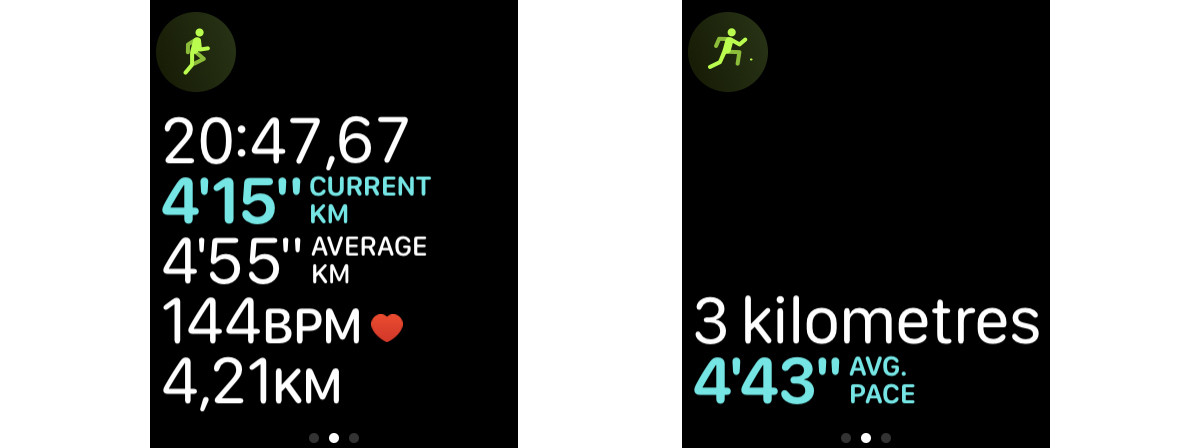Pitfalls of the watch
Most, if not all, runners bring some kind of GPS device with them to track how they are doing. Through listening to podcasts, reading books and articles and personal experience I have seen some pitfalls in the use of those devices. Yes, you should be bringing them, but I have some tips on how to optimize your experience!
Note: In this article I will refer to these devices simply as "running with a watch", but please don't feel left out if it is a phone that you bring, the very same points apply to you!
Your watch is not accurate
Your watch is not accurate, but that's okay. It is doing just fine in logging your mileage, average paces and maybe even your heartrate. But when you glance on your watch every 20 seconds to make sure you are still on pace during your run you will start to yo-yo. On average, on a longer stretch, your watch gets the distance (kinda) right. But on shorter stretches there can be some wobble. For that reason your current pace might sometimes be displayed slightly higher or lower than it actually is. So even if you run a perfectly constant pace, the watch probably wobbles a bit.
Even if you run a perfectly constant pace, the watch probably wobbles a bit.
Running by feel
The ideal situation would be that you know your pace just by how it feels. This is trainable! What I have done for all my easy, recovery and long runs recently is start my watch and then not look at it until thirty seconds before the end. Based on how the run felt I would make a prediction of my pace before looking and compare it to the actual pace my watch gave.

I did something similar during my Steady State workouts (a continuous run lasting a few kilometers at my steady state pace). Instead of looking at my watch every minute I would run at what I thought to be the correct pace and then looked at the auto-intervals every kilometer. Based on how the previous kilometer felt and the pace that was displayed I would make adjustments if necessary.
You can do something similar for interval-style workouts. Don't look at your watch during the interval, but recalibrate your pace and effort after every interval based on the data.
Being able to run by feel is a great addition to your running toolkit!
Paces in races
If you run a big city marathon odds are that you will be running past tall buildings, or through tunnels, which will confuse your watch. The best tactic is to use your watch as a timekeeping device and your brain as pacekeeping device. Use the distance markers along the course to calculate paces from the time that shows on your watch.
For my recent marathons I memorized the 5K splits. Every 5K I would look on my watch and compare that to what my split should have been. That way I didn't have to rely on GPS to keep paces. If you want more granular updates, use the split functionality of your watch. This allows you to manually start a split and when starting a new split it should show you the time of the previous split. Simply start a new split at every kilometer or mile marker to know your "current" pace.
The best tactic is to use your watch as a timekeeping device and your brain as pacekeeping device.
Just like I described above on training by feel, your training should include several goal pace workouts so that you know how goal pace feels. During the race adjust where necessary based on the distance markers provided by the race instead of those provided by GPS signals.
Consider these tips the next time you go out for a run!
